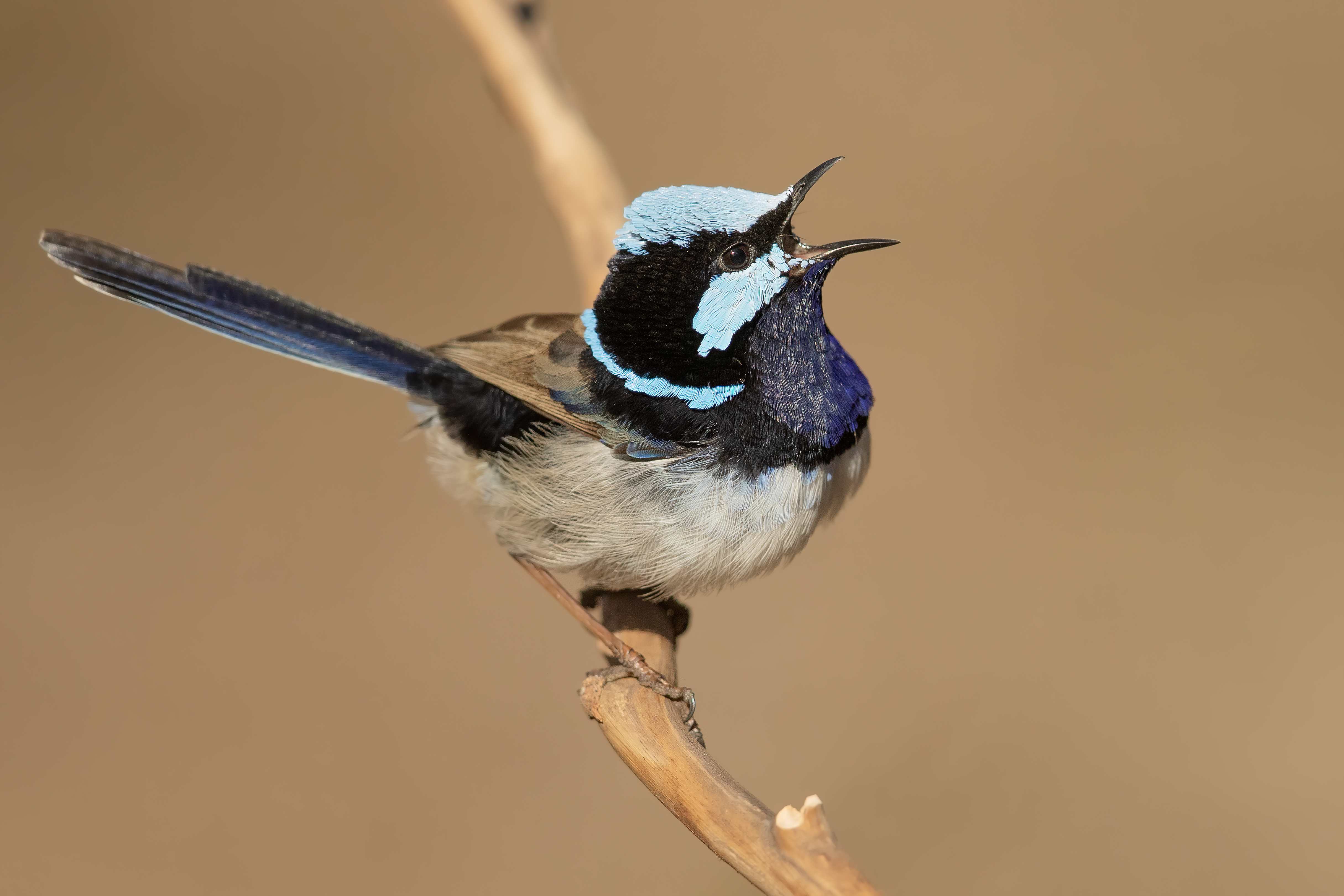Superb Fairywren
Of the species that overlap in range with the Superb Fairy-wren the female White-winged Fairy-wren Malurus leucopterus and Red-backed Fairy-wren M. LC - Least concern.
It is common and familiar across southeastern Australia.
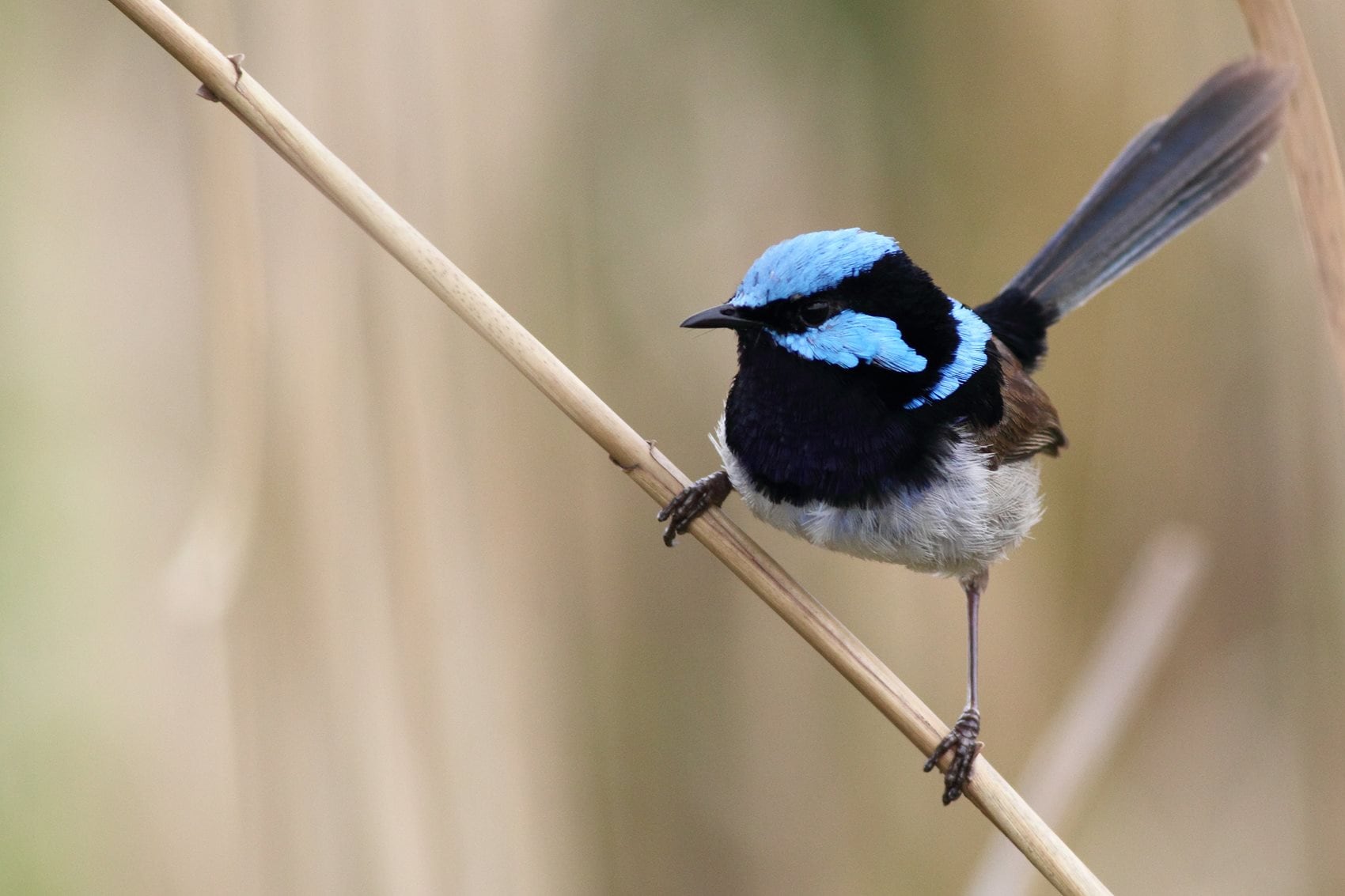
Superb fairywren. These coloured males are often accompanied by a band of brown jenny wrens often assumed to be a harem of females but a proportion of them are males which have not yet attained their. Each pair has a territory also shows obvious sexual dimorphism. Lamberti has a dull grey-blue wash.
The superb fairywren is a passerine bird in the Australasian wren family Maluridae. Superb Fairywren Malurus cyaneus Known and loved by Australians and gift-shop-visiting tourists alike Superb Fairywrens may be one of Australias most well-known birds. Females have a duller blue tail and a reddish bill.
One cool little fellow he moved along the outside vegetation hunting for insects all the time keeping a close eye on me and in constant contact with his partner through beautiful song. Males are slightly larger than females. Mostly blue with a black band across their back and head.
The Superb fairy-wren is a common and familiar bird in south-eastern Australia. Males are easily distinguished from females by their distinctive colourings. The Superb Fairywren is one our most familiar and loved birds ubiquitous on calendars diaries and tea towels.
Superb Blue Wren Superb Blue-Wren Superb Fairy-wren Superb Blue Fairywren Blue Wren Australian Fairywren. The average length of a tail is 59 cm which makes it one of the shortest in its genus. The Superb fairywren was our winner closely followed by the Tawny frogmouth and the Gang-gang cockatoo.
The superb fairy-wren Malurus cyaneus also known as the blue wren is a passerine bird of the family Maluridae. The males in breeding plumage have a striking bright blue forehead ear coverts mantle and tail with a black mask and black or dark blue throat. The male in breeding plumage has a striking bright blue forehead ear coverts mantle and tail with a black mask and black or dark blue throat.
They can be found in parks and gardens with thick shrubs or undergrowth but such. It is a sedentary and territorial species exhibiting a high degree of sexual dimorphism. The male Superb Fairy-wren has stunning rich velvet blue and black upperparts and throat when in breeding plumage while females and non-breeding males are primarily a mouse-brown.
Superb Fairy-wrens are found in Tasmania and throughout eastern Australia to. Male Superb Fairy-wrens have been labelled as the least faithful birds in the world. Perching Birds Passeriformes.
Superb Fairy-wren Malurus cyaneus Maluridae. Old latin name for bird. Melanocephalus lacks the chestnut colour around the eye while the female Variegated Fairy-wren M.
The Superb Fairy-wren was one of the first Australian birds to be described. Females may be courted by up to 13 males in half an hour and 76 of young are sired by males from outside the social group. Recognisable by their sky blue-coloured caps which become iridescent during breeding season the superb fairy-wren is much loved among AustraliansThis fairy-wren can be found across south-east Australia and enjoys a shrubby understorey where they move about in small groups.
The male in breeding plumage has a striking bright blue forehead ear coverts mantle and tail. Superb Fairy-wrens alarm call is a series of brief sharp chits universally given and understood by small birds in response to predators. They prefer habitats consisting of clear open areas where they can feed interspersed with dense low vegetation where they can hide if danger threatens.
It has a long beak which is long pointed and narrow however it. The bird is also growing new tail feathers. Greenwood Lakes Forestdale Queensland Australia.
Australasian Wrens Maluridae. Lateral view of a male Superb Fairy-wren at the end of the breeding season while moulting into its winter plumage 20 km South of Narrabri NSW 2006 Lateral view of a male Superb Fairy-wren at the start of the breeding season while moulting into its breeding plumage. Thank you everyone who has.
But thats how it is for the Superb Fairy-wren. Females immatures and non-breeding males are a plain fawn color with a lighter underbelly and a fawn females and. This blue turns iridescent when the male is looking for a mate.
With its gleaming velvety blue-and-black plumage the male Superb Fairy-wren is easily distinguished. Female Superb Fairywrens have a much cooler-grayer plumage than the warm tones of Red-backed Fairywren. Note that the patch between the eye and bill lores on females is a reddish color of about the same tone as the bill in Variegated Fairywren the lores are much darker than the bill.
The Superb Fairywren Malurus cyaneus also known as the Superb Blue-wren or colloquially as the Blue Wren is a passerine bird of the family Maluridae common and familiar across southeastern AustraliaThe species is sedentary and territorial also exhibiting a high degree of sexual dimorphism. The winner of the Guardian AustraliaBirdlife Australia poll was. A male Superb Fairywren Malurus cyaneus not in his breeding colors.
The small superb fairy-wren is endemic to eastern Australia ranging in habitat from south Queensland to South Australias Adelaide region as well as throughout Tasmania. The superb fairywren has been voted bird of the year for 2021 narrowly defeating the tawny frogmouth in a nail-biting finish. Like all fairy-wrens the Superb Fairy-wren is an active and restless feeder particularly on open ground near shelter but also through the lower.
The superb fairywren middle is competing against the gang-gang cockatoo left and tawny frogmouth right for the coveted 2021 GuardianBirdLife Australian bird of the year. This charismatic species is as likely to be found in back gardens and botanical gardens as it is on vegetated roadsides throughout south-eastern Australia. The male in breeding plumage has a striking bright blue forehead ear coverts mantle and tail with a.
Females also emit a purr while incubating. Superb Fairy-wrens the full story. Both the Superb and White-winged Fairy-wrens are similar in size.
Note how the feathers around the eyes turn blue first. The Superb Fairywren is 14 cm long and weight between 8 to 13 g. The Superb Fairywren Malurus cyaneus is a tiny songbird found in a variety of habitats in south-eastern Australia.
It seems unfair when one member of the family gets all the good looks especially when its the father.
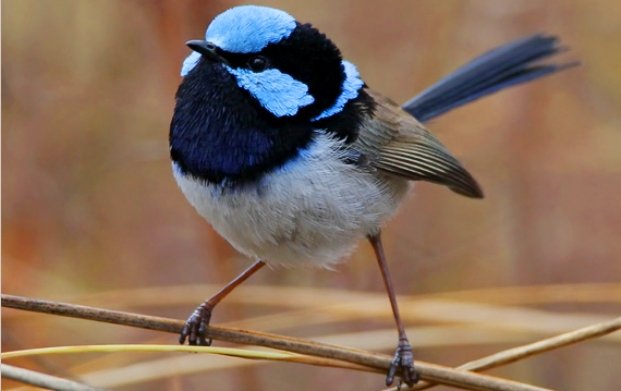
Fairy Wrens Eavesdrop To Avert Danger Australian Geographic
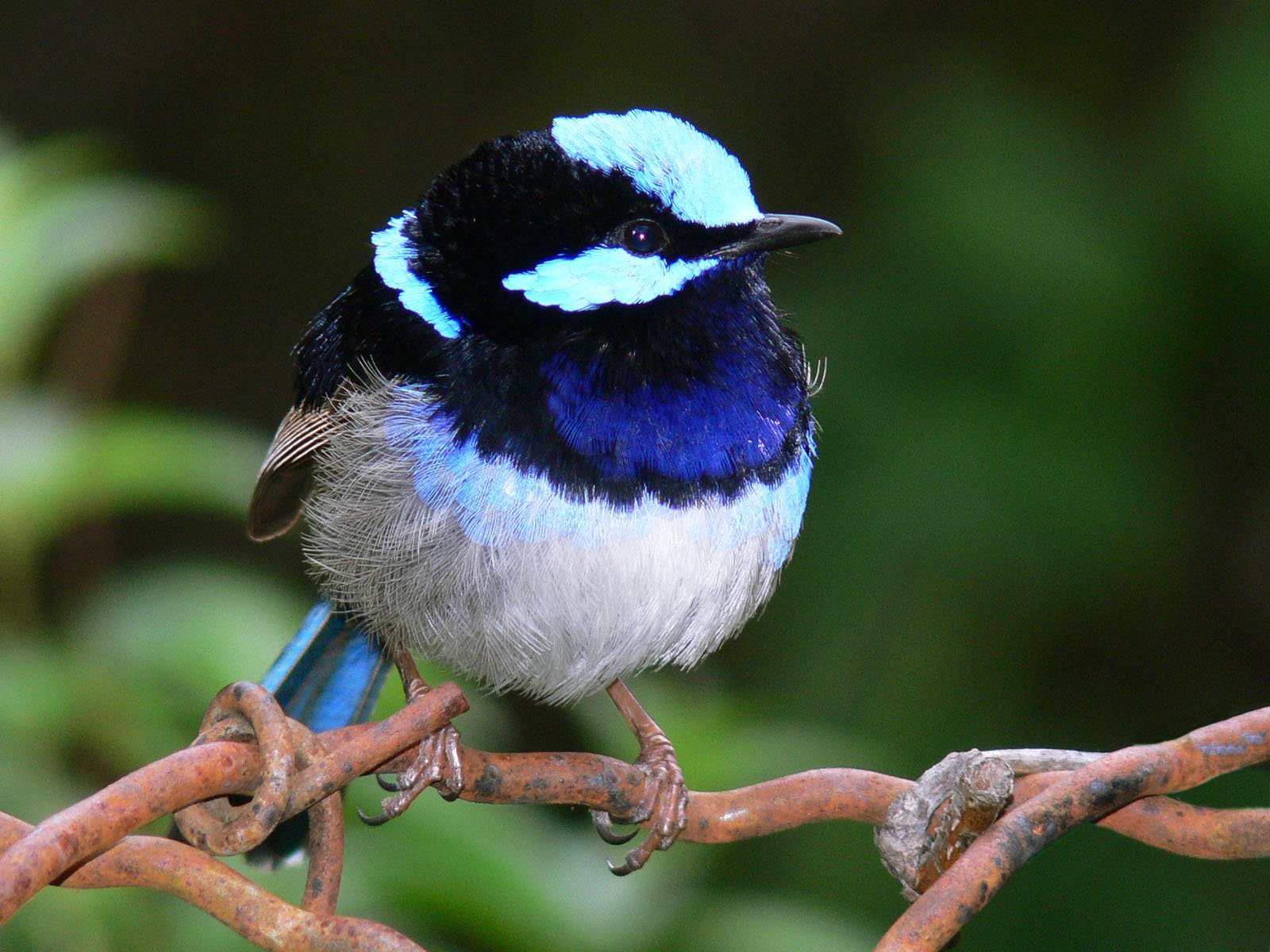
Six Things You Didn T Know About Superb Fairy Wrens Australian Geographic
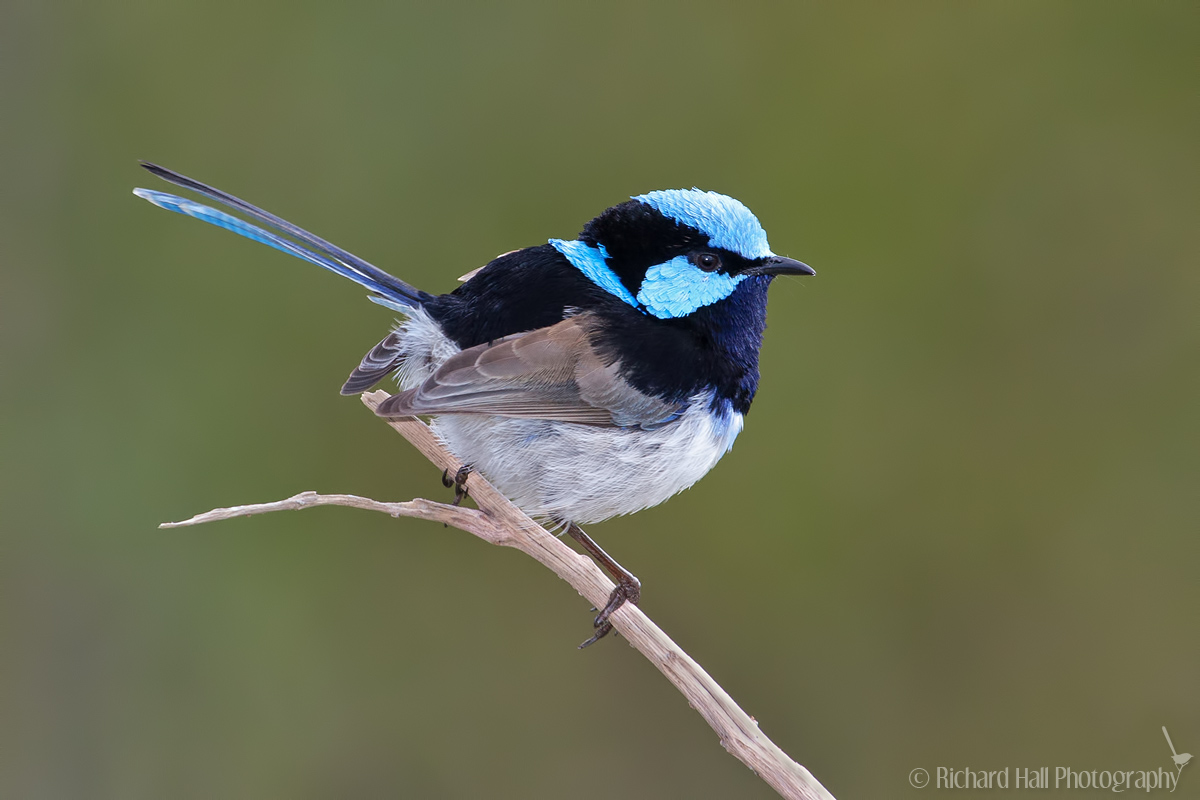
Superb Fairywren Wallpapers Animal Hq Superb Fairywren Pictures 4k Wallpapers 2019

The Promiscuous Life Of The Superb Fairy Wren Evidently Scientifical

Superb Fairy Wren Facts Diet Habitat Pictures On Animalia Bio

Perky Male Superb Fairywren Best Bird Photos Australia

Superb Fairy Wrens Learn To Eavesdrop

Stories Behold The Superb Fairy Wren Centennial Parklands
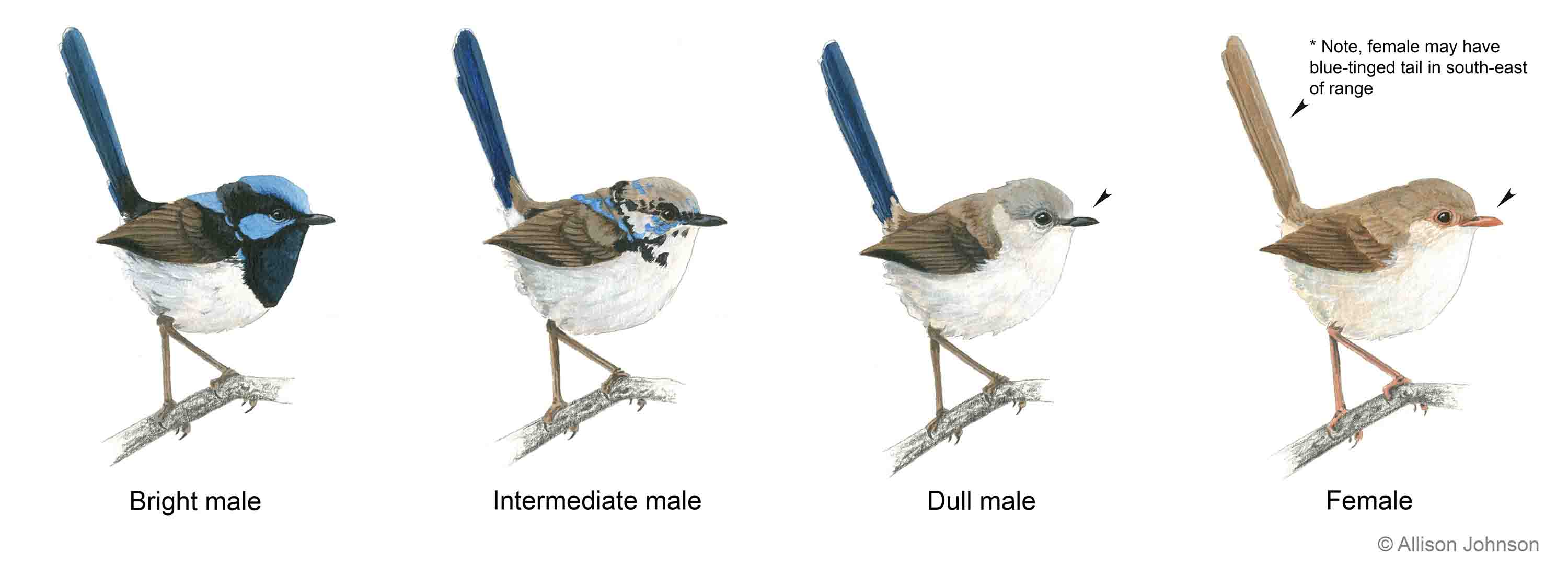
Meet The Fairywrens The Fairywren Project

Out Of The Blue Fairy Wren In Seasons Shutterbug Walkabouts
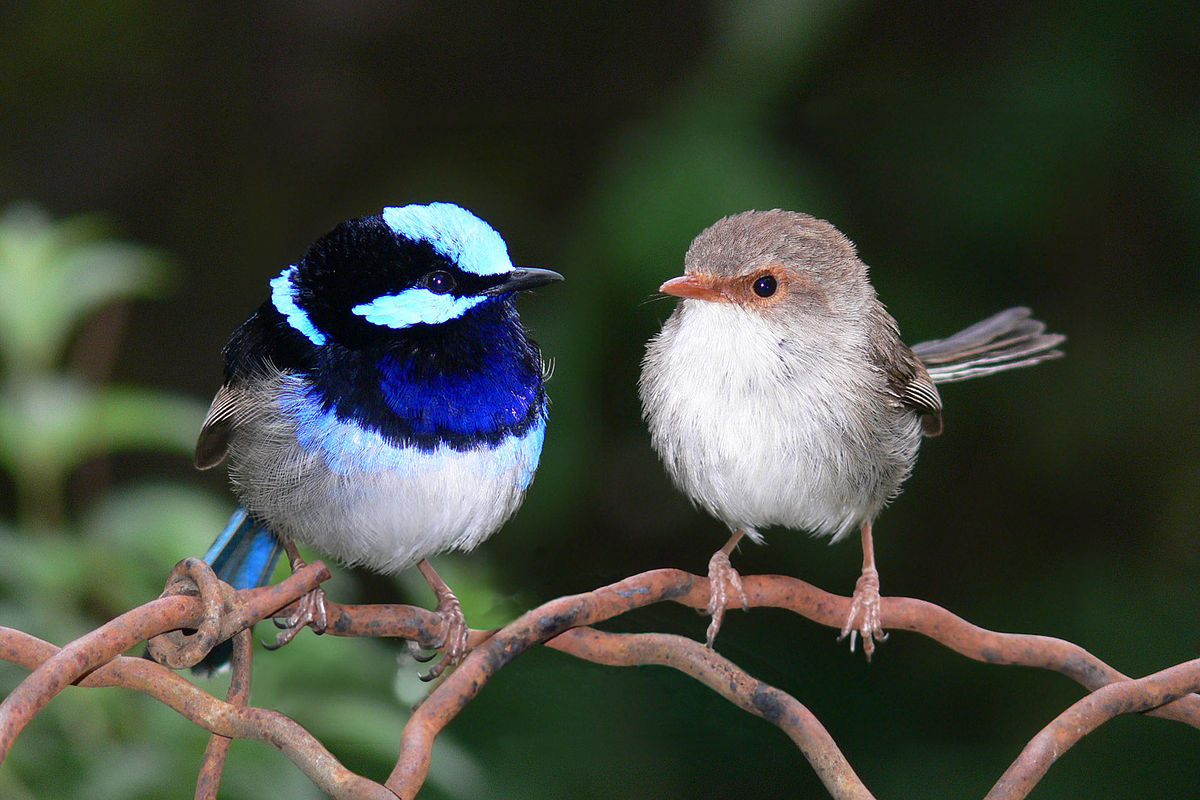
Prachtstaffelschwanz Wikipedia
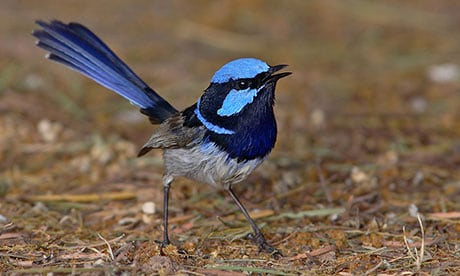
Sanctuary Lakes Resort Superb Fairywren




